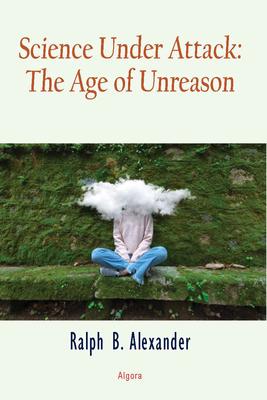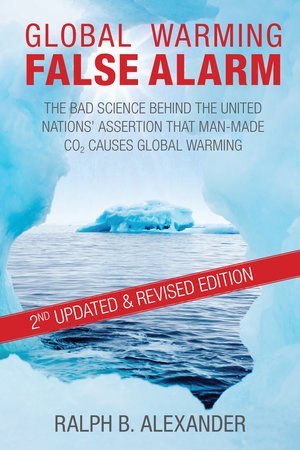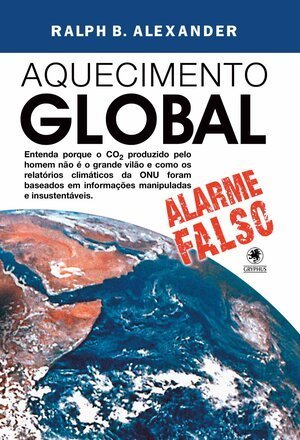Are UFO Sightings a Threat to Science?
/Credit: CoolCatGameStudio from Pixabay
Do UFO sightings threaten science? The short answer is that UFO observations don’t in themselves – as long as one separates true observations from the questionable claims of alien abduction and other supposed extraterrestrial activity on Earth.
Unlike pseudosciences such as astrology or crystal healing, UFOs belong to the realm of science, even if we don’t know exactly what some of them are. Sightings of ethereal objects in the sky have been reported throughout recorded history, although there’s been a definite uptick since the advent of air travel in the 20th century. According to recently released records, UK wartime prime minister Winston Churchill colluded with General Dwight Eisenhower to suppress the alleged observation of a UFO by a British bomber crew toward the end of World War II, out of fear that reporting it would cause mass panic.
Since then, numerous incidents have been reported in countries across the globe, by scientists and nonscientists alike. The U.S. Air Force, which coined the term UFO, undertook a series of studies from 1947 to 1969 that included more than 12,000 claimed UFO sightings. The project concluded that the vast majority of sightings could be explained as misidentified conventional objects or natural phenomena, such as spy planes, helium balloons, clouds or meteors – or occasionally, hoaxes. Nonetheless, there was no explanation for 701 (about 6%) of the sightings investigated.
Only in the last several months has the existence of a new U.S. program to study UFOs been disclosed, this time under the aegis of the Pentagon. Begun in 2007, the secret program apparently continues until this day, though its government funding ended in 2012. One of the few publicized incidents which was examined involved two Navy F/A-18F fighter pilots, who chased an oval object that appeared to be moving at impossibly high speeds for humans, off the coast of southern California in 2004.
Perhaps the most famous American event was the so-called Roswell incident in 1947, when an Air Force balloon designed for nuclear test monitoring crashed at a ranch near Roswell, New Mexico. The official but deceptive statement by the military that it was a high-altitude weather balloon only served to generate ever-escalating conspiracy theories about the crash. The theories postulated that the military had covered up the crash landing of an alien spacecraft, and that bodies of its extraterrestrial crew had been recovered and preserved. Over the years, details of the story became embellished to the point where more than one candidate for U.S. President promised to unlock the secret government files on Roswell.
Belief in alien activity is where UFO lore departs from science. While it’s possible that some of the small percentage of unexplained UFO sightings have been spaceships piloted by extraterrestrial beings, there’s currently no credible evidence that aliens actually exist, nor that they’ve ever visited planet Earth.
In particular, it’s belief in alien abductions that constitutes a threat to science, the hallmarks of which are empirical evidence and logic. In the U.S., the phenomenon began with the mysterious case of Betty and Barney Hill in 1961. The Hills claim to have encountered a UFO while driving home on an isolated rural road in New Hampshire, and to have been seized by humanoid figures with large eyes who took them onto their spaceship, where invasive experiments were performed on the terrified pair. Afterwards, both the Hills’ watches stopped working and they had no recollection of two hours of their bewildering drive.
Although the alien abduction narrative captured the American imagination during the next two decades, the Air Force ultimately dismissed the story and determined that the alien craft was a “natural” object. Indeed, there’s no reliable empirical evidence that any of the millions of other reported abductions have been real.
Psychologists attribute the episodes to false memories and fantasies created by a human brain that we’re still struggling to understand. Possible physical causes of the abduction phenomenon include epilepsy, hallucinations and sleep paralysis, a condition in which a person is half-awake — conscious, though unable to move.
But while abduction stories may be entertaining, they qualify as irrational pseudoscience because they can’t be falsified. Pseudoscience is frequently based on faith in a belief, instead of scientific evidence, and makes vague and often grandiose claims that can’t be tested. One of the clear-cut ways to differentiate real science from pseudoscience is the falsifiability criterion formulated by 20th-century philosopher Sir Karl Popper: a genuine scientific theory or law must be capable in principle of being invalidated – of being disproved – by observation or experiment. That’s not possible with alien abductions, which can’t be either proved or disproved.
Next: No Evidence That Climate Change Causes Weather Extremes: (1) Drought























